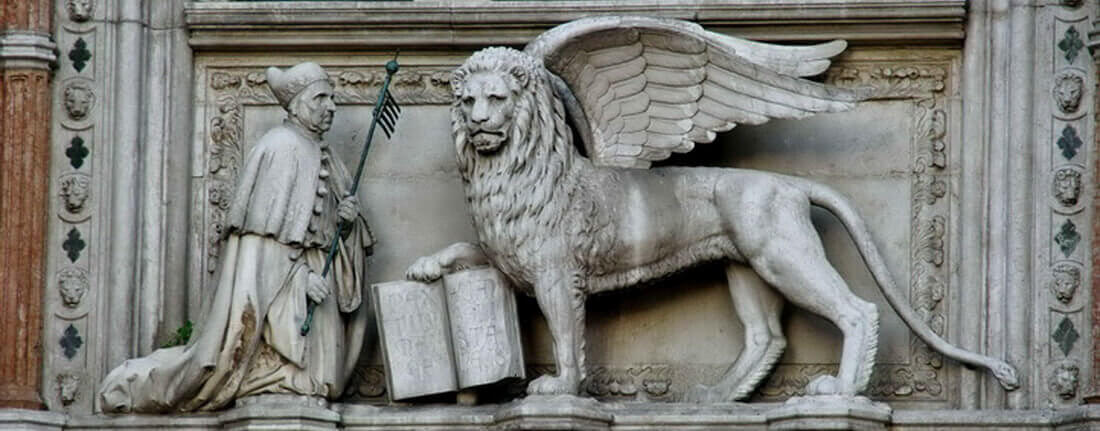About The Town

Name's origin
There are numerous hypotheses put forward to explain the origin of the toponym Bergamo. In classical Latin the toponym is attested as Bergomum, while in late Latin Bergame. A plausible hypothesis links it to the prelatin base barga "hut" or to Ligurian names such as Bergima (locality near Marseille) from a root * bherg, "high". The historian and politician from Bergamo Bortolo Belotti has compared the toponym to previous pre-Celtic names which would be followed by the name Bèrghem, of which Bergomum would have been only the Latinization. Antonio Tiraboschi instead supported the hypothesis of a Germanic derivation of Bergamo from berga "mountain" and * haima, "settlement" but also "world"; however this hypothesis clashes with the absence of documents regarding Germanic settlements in the area before the Roman conquest.
The Lombard duchy
With the invasion of 568 led by Alboino, Bergamo also fell under the Lombard dominion, assuming considerable importance for its geopolitical position. Bergamo, in fact, was the crossroads between the military roads that connected Friuli to the western part of the Po Valley and to Pavia, the capital of the kingdom. The Duchy of Bergamo was one of the territorial entities that formed the Lombard kingdom. Created around 570, shortly after the invasion led by Alboino, it ceased to be the seat of the ducal in 702. During the decade of Lombard anarchy (Period of the Dukes) following the killing of Alboino and Clefi, Bergamo was ruled by Wallari, first duke of Bergamo and its territory in the tumultuous period of the Lombard conquest not yet consolidated.


The Lombard-Venetian kingdom
The Congress of Vienna, in 1815, made Bergamo part of the Kingdom Lombardo-Veneto, and the capital of the province of the same name. initially the Austrians were destined as the restorers of the order, the city it received in 1816 and in 1825 the visit of Francesco I. When in 1838 Ferdinand I of Austria came to visit the city, accompanied for over 200 dukes and nobles of all kinds, there was a party that lasted three days with lights, shows and ceremonies. In memory of this visit were raised the propylaea of Porta Nuova and the road that from the station (not yet existing) it went up to Porta S. Agostino, it was called Via Ferdinandea.
Nowadays
From 9 July 2017 the Venetian walls of Bergamo became part of UNESCO, as a World Heritage Site, in the transnational serial site "Venetian defense works between the 16th and 17th centuries: State from Land-State from Western Sea". In October of the same year, the 43rd G7 summit on agriculture was held in Bergamo as part of the larger international meeting organized in Taormina. The "Bergamo Charter", an international commitment signed during the summit, aims to reduce world hunger by 2030, strengthen cooperation for agricultural development in Africa and ensure price transparency.
